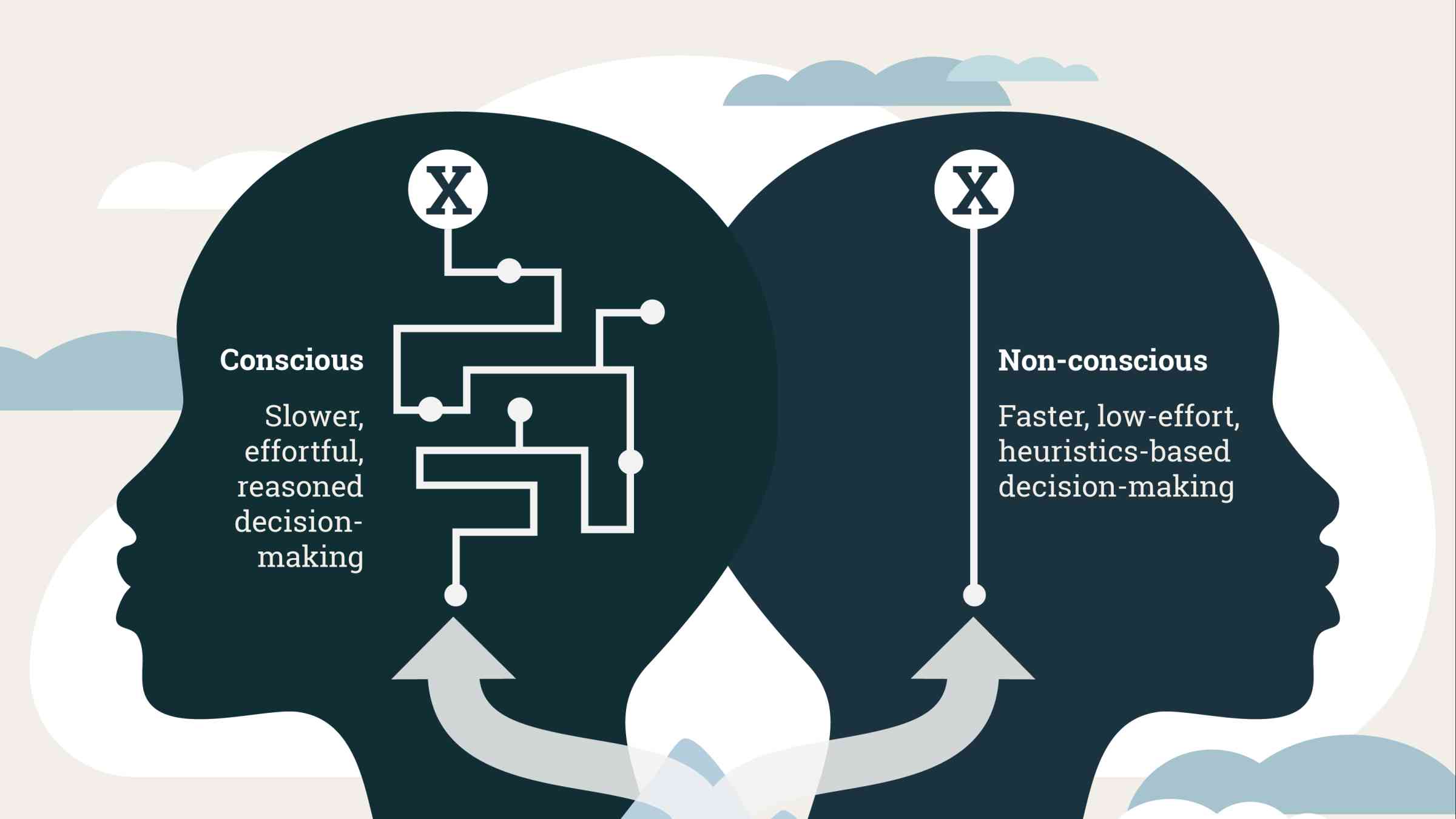Webinar: What really drives risk management decisions - Human decision processes, heuristics, social motives and values

Speakers
- Hulda Thorisdottir, Professor at the University of Iceland
- Howard Kunreuther, James G. Dinan Professor Emeritus of Decision Sciences & Public Policy at the University of Pennsylvania
- Lisa Robinson, Head of Advisory and Policy at BBC Media
- Walid Afifi, Professor at the University of California
Background
In the wake of the coronavirus disease (COVID-19) pandemic and the hottest decade on record, there is growing momentum to change how the global community manages risk. Despite commitments to build resilience, tackle climate change and create sustainable development pathways, current societal, political and economic choices are doing the reverse.
This jeopardizes not only the achievement of the Sendai Framework for Disaster Risk Reduction 2015–2030, but also hinders progress towards the Paris Agreement and the Sustainable Development Goals (SDGs). To change course, new approaches are needed. This will require transformations in what governance systems value and how systemic risk is understood and addressed.
Despite progress, risk creation is outstripping risk reduction. Disasters, economic loss and the underlying vulnerabilities that drive risk, such as poverty and inequality, are increasing just as ecosystems and biospheres are at risk of collapse. Global systems are becoming more connected and therefore more vulnerable in an uncertain risk landscape. This became evident as many countries felt the negative economic impact of the COVID-19 pandemic months before ever registering a single case of the disease. Without increased action to build resilience to systemic risk, the SDGs cannot be achieved.
One important aspect to build long-term resilience that has long been overlooked by traditional risk management approaches, are the human decision processes that drive risk management decisions. GAR 2022 explores the bottlenecks, but also solutions related to this topic.
Cognitive research shows how decisions regarding disasters are often influenced by short-term thinking or other motivated reasoning. Well-informed decisions can result from experience; however, by definition, this is impossible with novel risks such as climate change or intensive hazards like major tsunamis. This increases the likelihood that people and institutions will either not pay attention to the potential consequences of novel risks or over-react to more familiar risks based on their recent experience with disasters.
These innate biases or mental short cuts lead to the human mind being myopic, and prone to inertia, oversimplification or herding when making decisions around risk. For example, a commonly used mental short cut is to simplify complexity by attempting to determine a linear cause and effect. However, because systemic risk is not linear, this tendency to oversimplify is not serving human societies well in coping with the complexity of global challenges.
Objective of the webinar
The GAR 2022 Pre-Launch Dialogue 1- ‘What really drives risk management decisions - Human decision processes, heuristics, social motives and values’ features the authors behind PART 2 of the GAR. It will unpack what behavioral science and decision research can teach us about why state of the art scientific risk data doesn’t necessarily lead to risk reduction, why communities might remain in at risk situations, and why governments may in increase or create risk, sometimes even with the best of intentions.
The authors will introduce the concepts of cognitive science and risk management decisions, illustrating the topic with their own experience and real-world examples. The event is tailored towards practitioners and policy makers, but also researchers and the general public interested in learning more about how human decision processes drive risk and resilience.